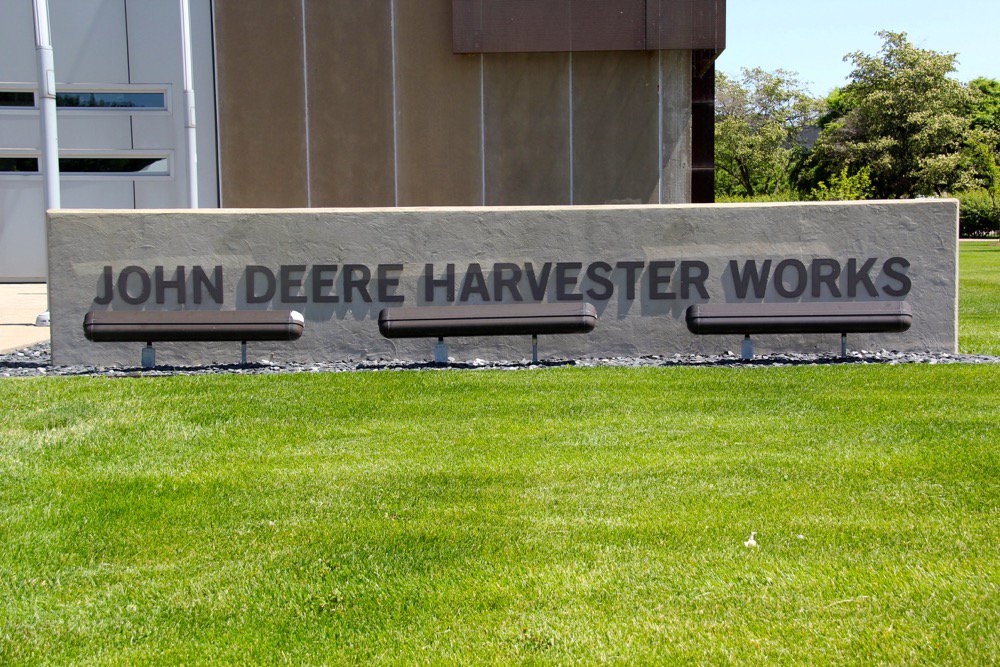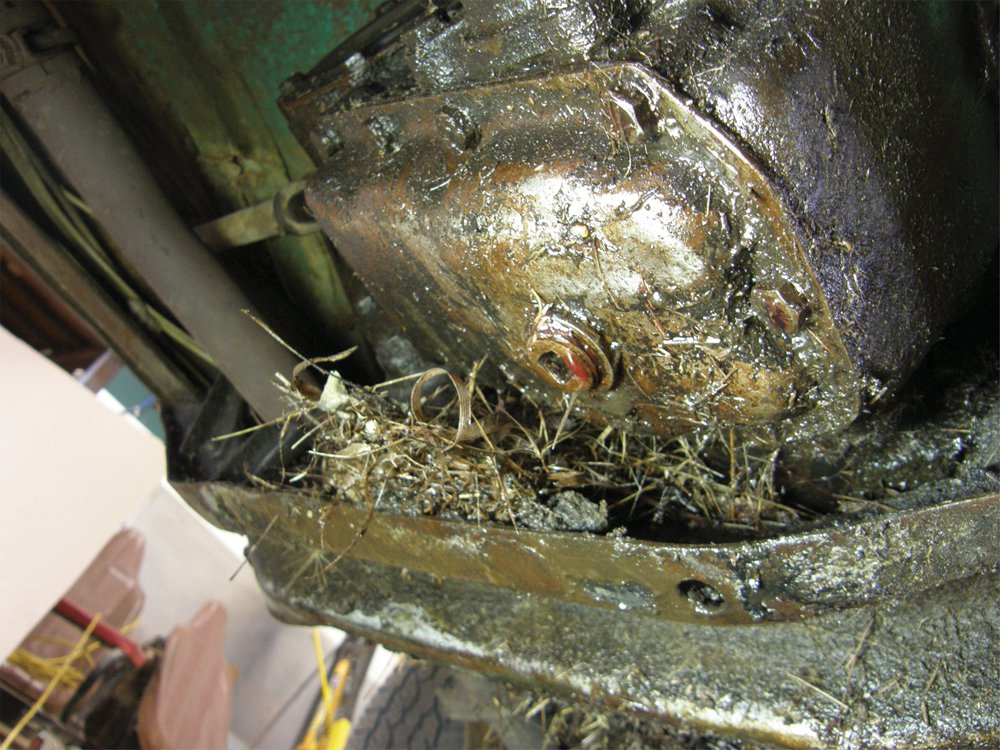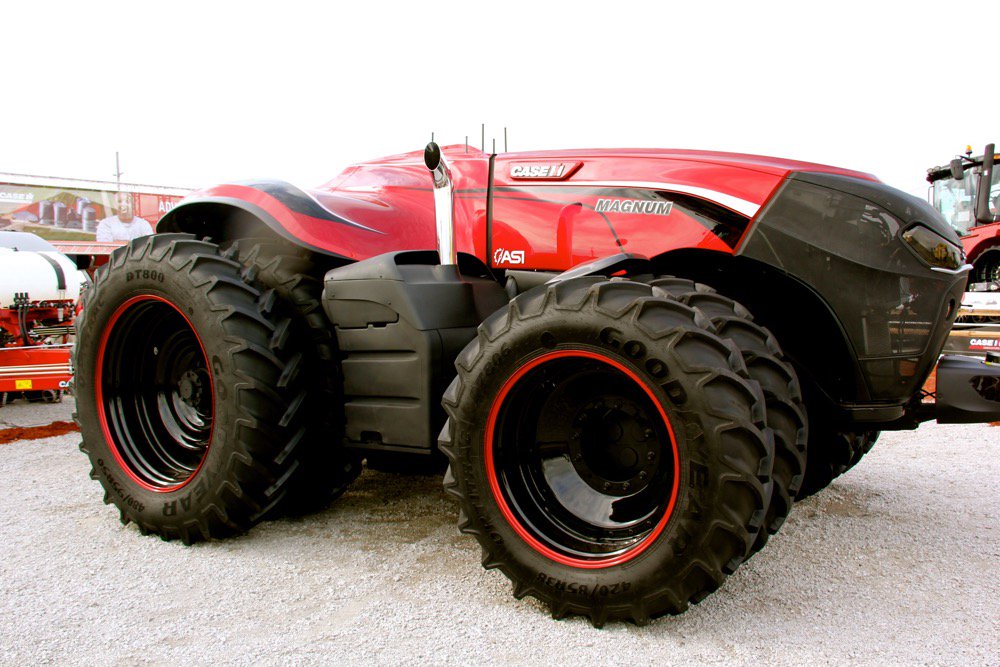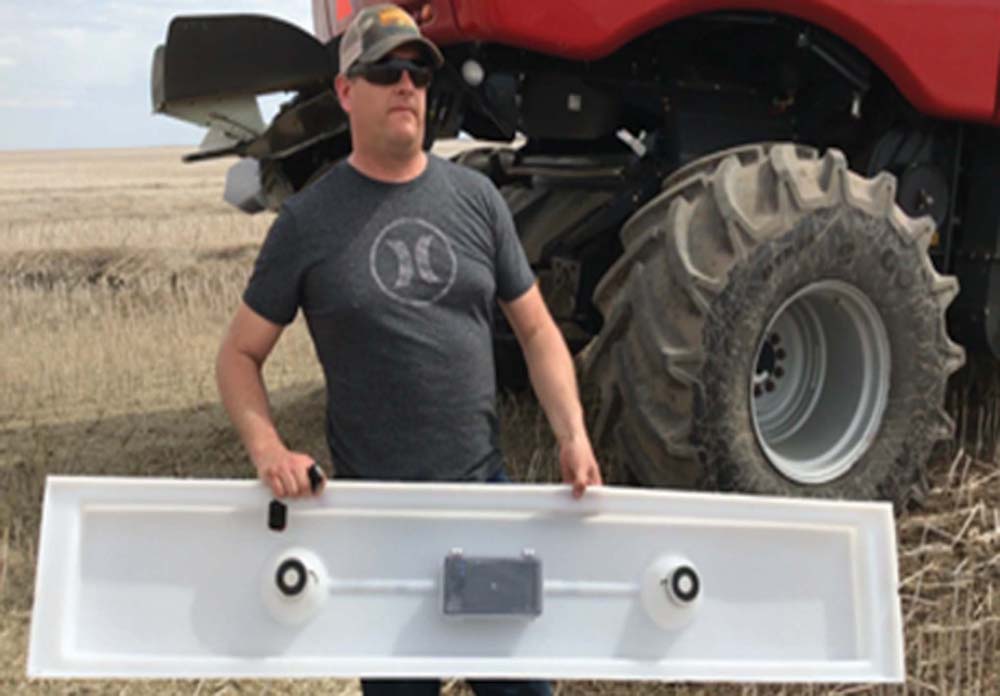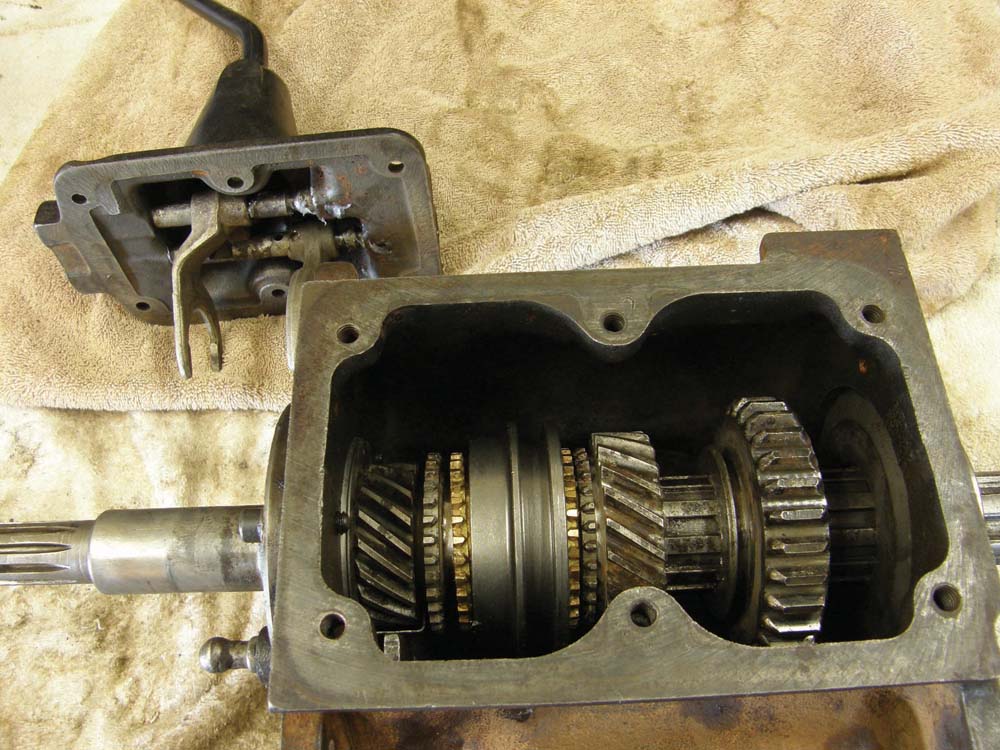Knowing what to check will give a good indication of an engine’s overall condition.

Are you thinking of buying a used tractor or other farm machine for next season? It’s only a few months before the spring auction sale season kicks off again, and there is no shortage of used machines on dealer lots to pick from right now.
Buying used equipment can be a great way to add useful machines to the farm fleet, but there are a few potential pitfalls. How do you know exactly what condition a machine is really in, especially if you only have a short time to inspect it? To help give you some tips on how to evaluate a diesel engine in a used machine, Grainews asked Joel Hoehn, regional service manager at Rocky Mountain Equipment, to lend us his expertise. Here’s how he would go about an engine inspection and his explanation of what probable causes may lay behind indicators of trouble.
He recommends starting off an engine inspection with the basics. Do a few simple maintenance checks.
Dipstick

“The first thing I would do is pull the engine oil dipstick,” Joel says. “You’re looking for any kind of condensation or grey material on the dipstick or underneath the (filler) lid. That would be an indication of water, moisture or coolant in the engine, which could be very serious. If there is coolant in there, it could damage the main bearings.”
If this condition exists, it could be the result of a pin hole in a cylinder sleeve due to cavitation, a failure of the o-ring at the bottom of the sleeve or a head gasket leak.
Air filter

Once you have an idea of what things look like inside the crankcase, take a look at what the engine has been breathing in. If dirt has been getting into the engine, that is an indicator of serious trouble ahead. Ideally, the primary air filter should trap all the contaminants, and everything behind it should be very clean.
“One thing I personally would do is pull the air cleaner cover off and take a look at the secondary engine air filter, just to make sure everything looks fresh, clean, bright and new,” he adds. “Lots of times they will have a date stamp on those inner filters.”
Knowing when the last time a filter was changed could be an indicator of the level of maintenance a machine was given by its owner.
Cooling system

“After that, check the coolant level, make sure there’s no indication of oil or anything like that in the coolant. Usually with coolant, oil will float to the top if the engine hasn't been running. It'll be evident in the overflow bottle or under the rad cap.”
That problem is an indicator of a crack in the oil cooler, which forces higher-pressure oil into the lower-pressure cooling system. Hopefully no one needs to be reminded of this, but make sure the engine is cold when you remove the radiator cap. Doing that on a hot engine will result in scalding hot coolant gushing out.
Key start

Once the preliminaries are done, it's time to start the engine up and see how it runs. Observe how long it takes for the r.p.m. to level out. Does it run rough? Is it missing on one or two cylinders? How long does it crank over before firing?
“Usually on electronic engines, extended cranking is an indication of some type of sensor failure, such as a crank position sensor,” says Joel. “On older tractors it’s due to low compression.”
Infrared

An infrared non-contact thermometer will help provide a clearer picture of what’s happening inside the cylinders when the engine is running. Use it to check the temperature along the exhaust manifold at each cylinder.
“You should get fairly even temperature growth along the manifold,” Joel explains. “The No. 1 and No. 6 cylinders might have a temperature of 180°. As you get closer to the turbo, the temperature will increase. They (cylinder exhaust manifold ports) should heat up relatively evenly, within 15 or 20 degrees Fahrenheit (of each other).”
“If they don’t you could have a poor injector or low compression on one cylinder. If you have a poor injector or a poor combustion cylinder, that one exhaust manifold runner will be colder than the rest.”
Smoke

Watching for exhaust smoke should also provide some useful clues. But what smoke indicates often depends on the age of the engine.
“With older equipment you get lots of smoke, usually (with an internal problem),” he says. “White smoke could be an indication of coolant loss or improper timing. Older tractors will smoke a light blue when they’re cold. Black smoke will be an indication of over fuelling or restricted air. Grey or hazy would usually indicate some type of oil burn off.”
“On newer Tier 4A and B engines, once they run for 15 or 20 seconds you’ll see a bright white smoke, which is actually steam. That’s just from the injection of DEF. It’s common and will clear up as the engine warms up.”
Check the crankcase ventilation tube on older engines for indications of blow by, which is an indication of cylinder failure or compression loss. But there won’t be an opportunity to do that on newer engines, which recycle crankcase ventilation into the engine intake manifold.
Dashboard

Don’t forget to check the dashboard for warning lights.
“On new engines, you’ll see an engine fault icon,” Joel says. “If it’s serious there’ll be an immediate shut down. The “stop” light will be on. A lot of the newer engines right now have a lot of system protections, to keep that engine from hurting itself.”
If you have an OBD II engine code reader in your toolbox, which is the standard tool for pulling trouble codes from car and truck computers, it won’t be of any help on a farm machine. Although a dealer could pull out any trouble codes for you.
“Unfortunately, each (ag equipment) manufacturer has their own diagnostic system,” Joel says.
Finally, if you can speak to the owner, find out about the maintenance history of the machine. Keeping up to scheduled work on newer diesels is more important now than it ever was.
“The biggest thing on new engines is maintenance, Joel notes. “If they say change the coolant every five years or 2,000 hours, they mean it. Whereas on an old tractor it didn’t really matter, on these it does.”



